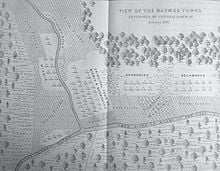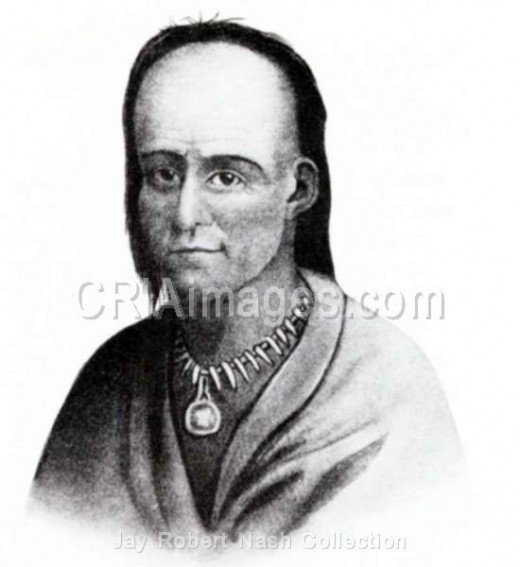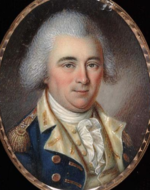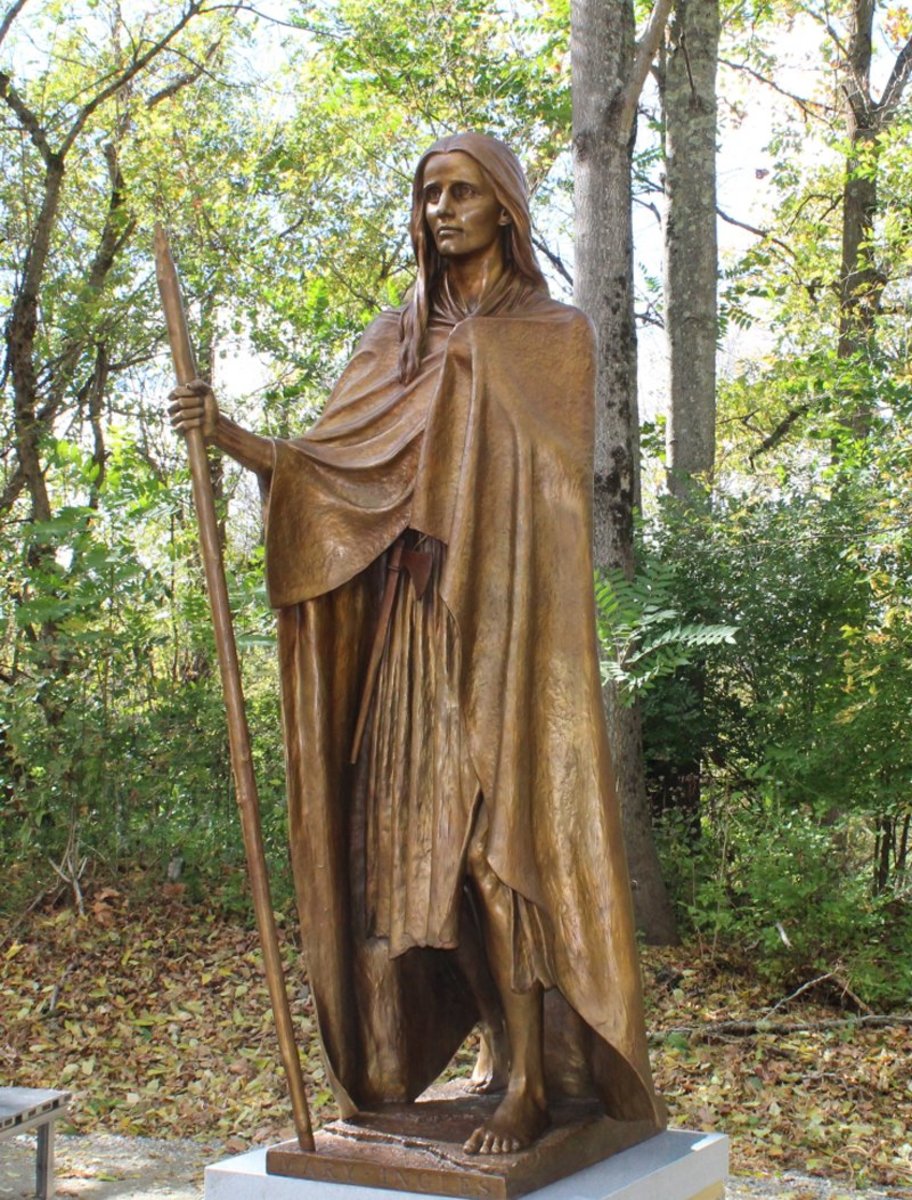FORT WAYNE . . . . (The city on the three rivers)




A Glimps of the Past. . .
Fort Wayne is located in the northeast corner of Indiana, and once was known as Kekionga. It was the traditional capital for the Miami nation for it was the perfect portage land between the great lakes., which led the veins of the Maumee, Mississippi, and the Wabash rivers, which is why in the 1680s,French traders settled there and set up a trading post, as the riverways then was the main source of traveling. Eventually, in 1697 they would build the first fort on the same site and named it Fort Miamis, and later in 1722, and then it was changed to Fort St. Philippe.
Over time tension began to take it's toll between France and the United Kingdom over the territory, and in 1760 British forces took claim to it after the end of the French and Indian war. They then changed the fort's name to "Fort Miami".
Three years went by under British rule before different Native American nations rebelled and took the fort back during the "Pontiac's Rebellion".
For the next 30 years the Miami Indians held control of Kekianga. That is until October 22, 1794, when General Anthony Wayne of the United States Army took claiim to the Wabash-Erie portage. He then built a new fort next to where the three rivers meet in in the city that wouuld later be named after the general, who ironacally stayed in the area for only four days before leaving.
Eventually the waterways as the main passage ways for trading was replaced by the railways for trading was replaced by the railways for the railroad train, which was developed in the United States, and for a 100 years it was the most valuable railway rout from New York to Chicago, and vice-versa.
In 1840 on Feb. 22 the populated area was finally declared the city of Fort Wayne, and the majority of its growth at one time accurd during the 19th century as German and Ireland immagrates settled.
After such settlements the Roman Catholics and Lutheren churches grew, and German-language newspapers had been published there until the 20th century.
Yes. Fort Wayne has its dark hypocritical past like all the cities in the union of the United States do, but it is the city I was born in, live in now, and more then likely will die in when the time comes. I hate it, but I love it all the same, because I have found friendship, love, respect, and courtesy and compassion of strangers in my city in the fort of Wayne.



